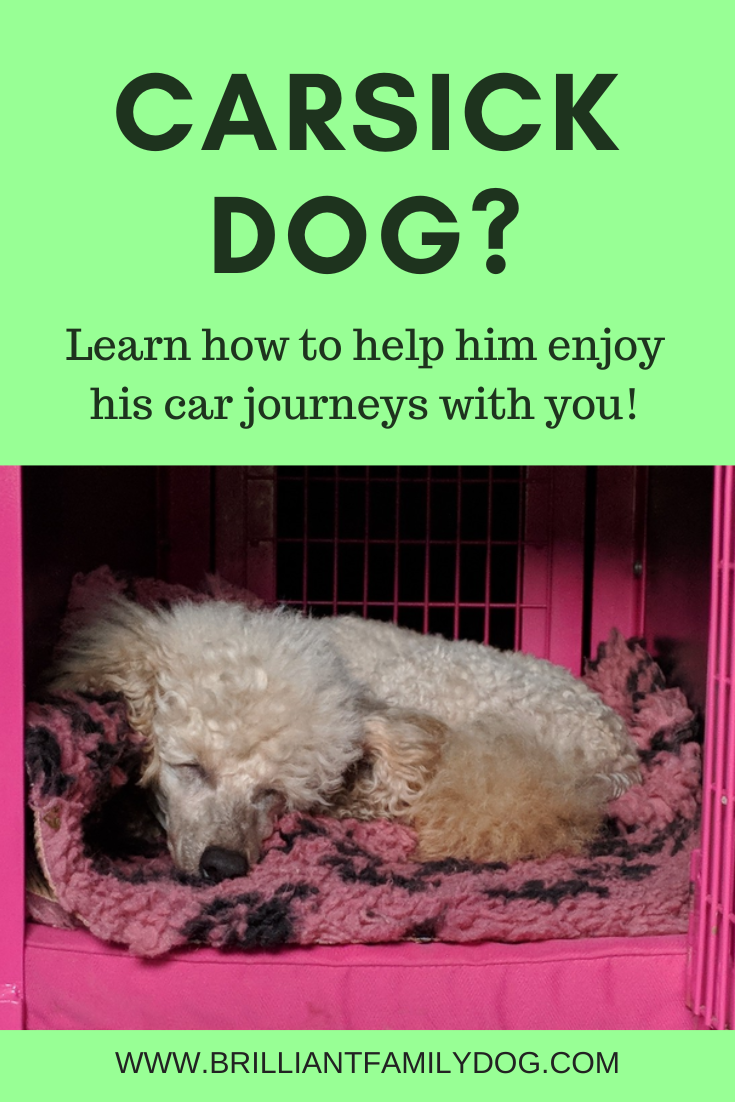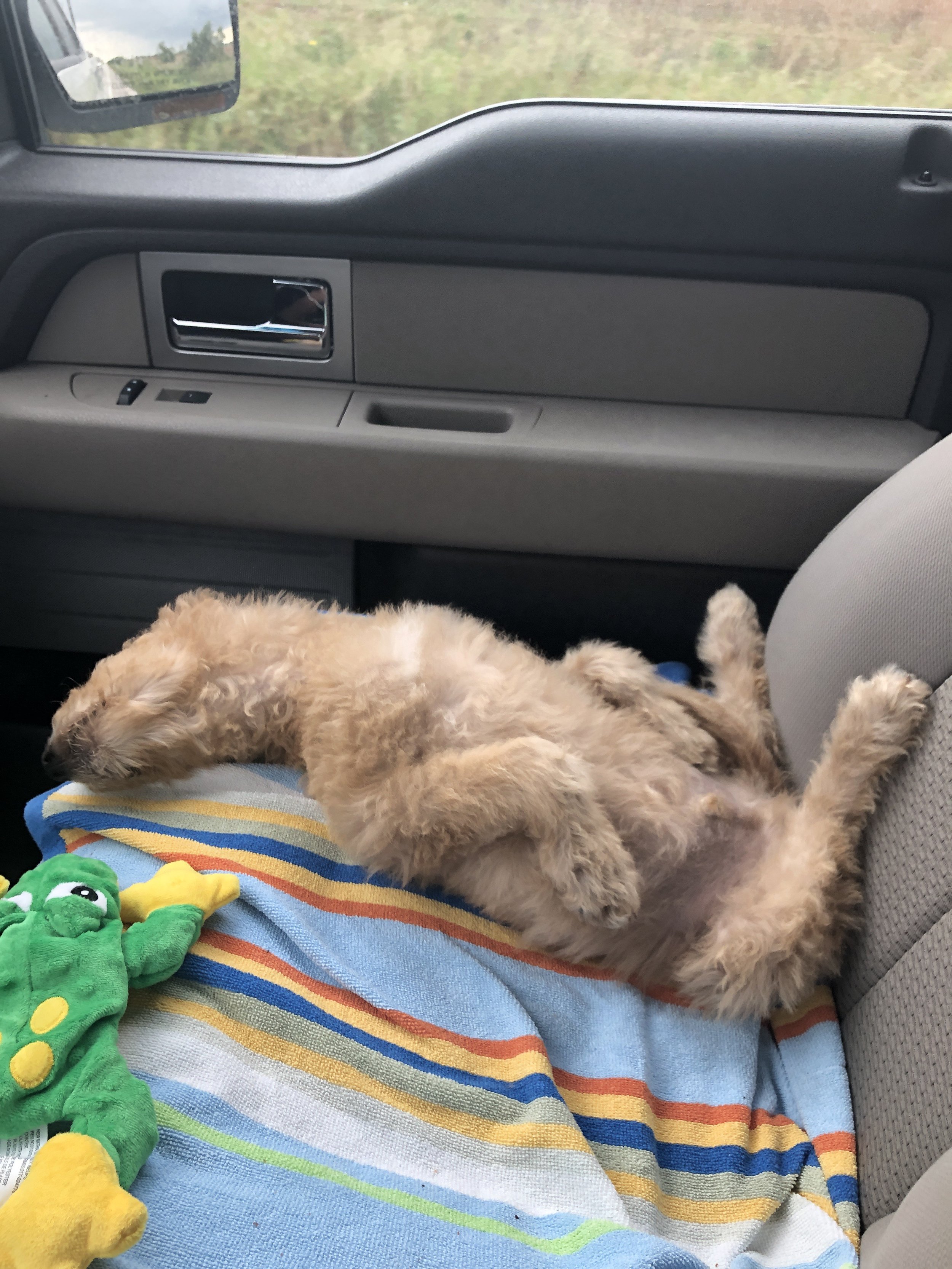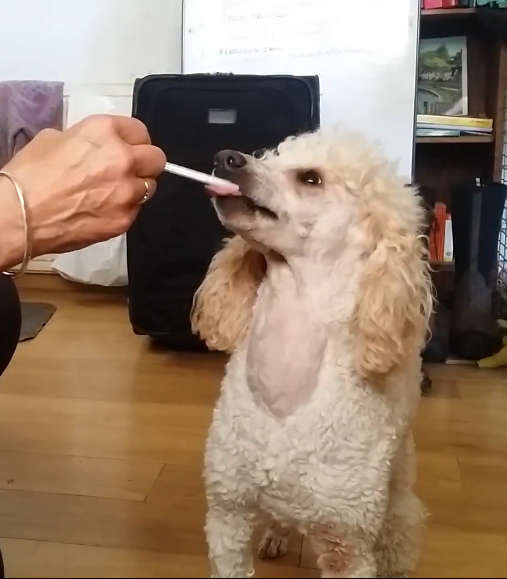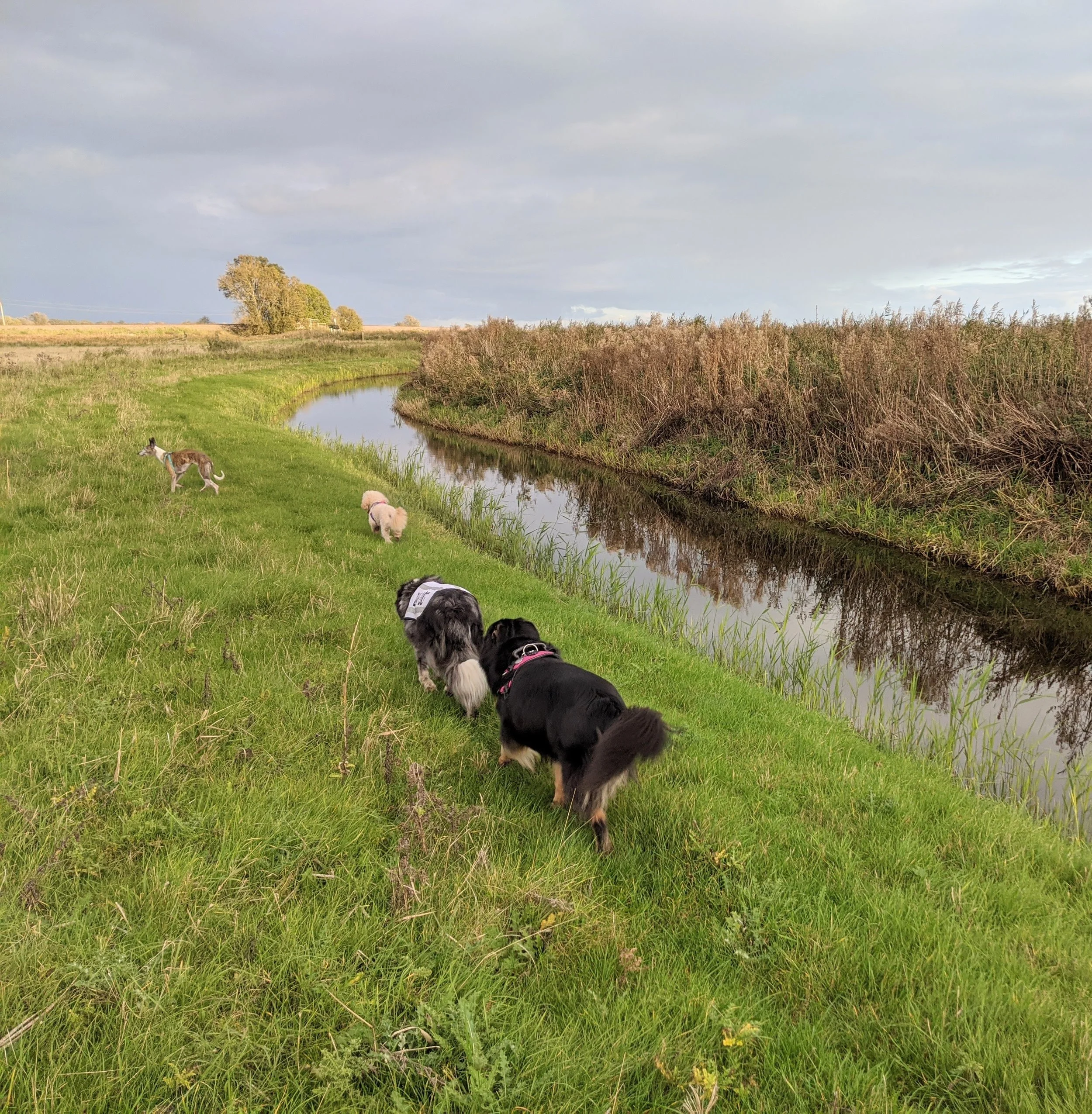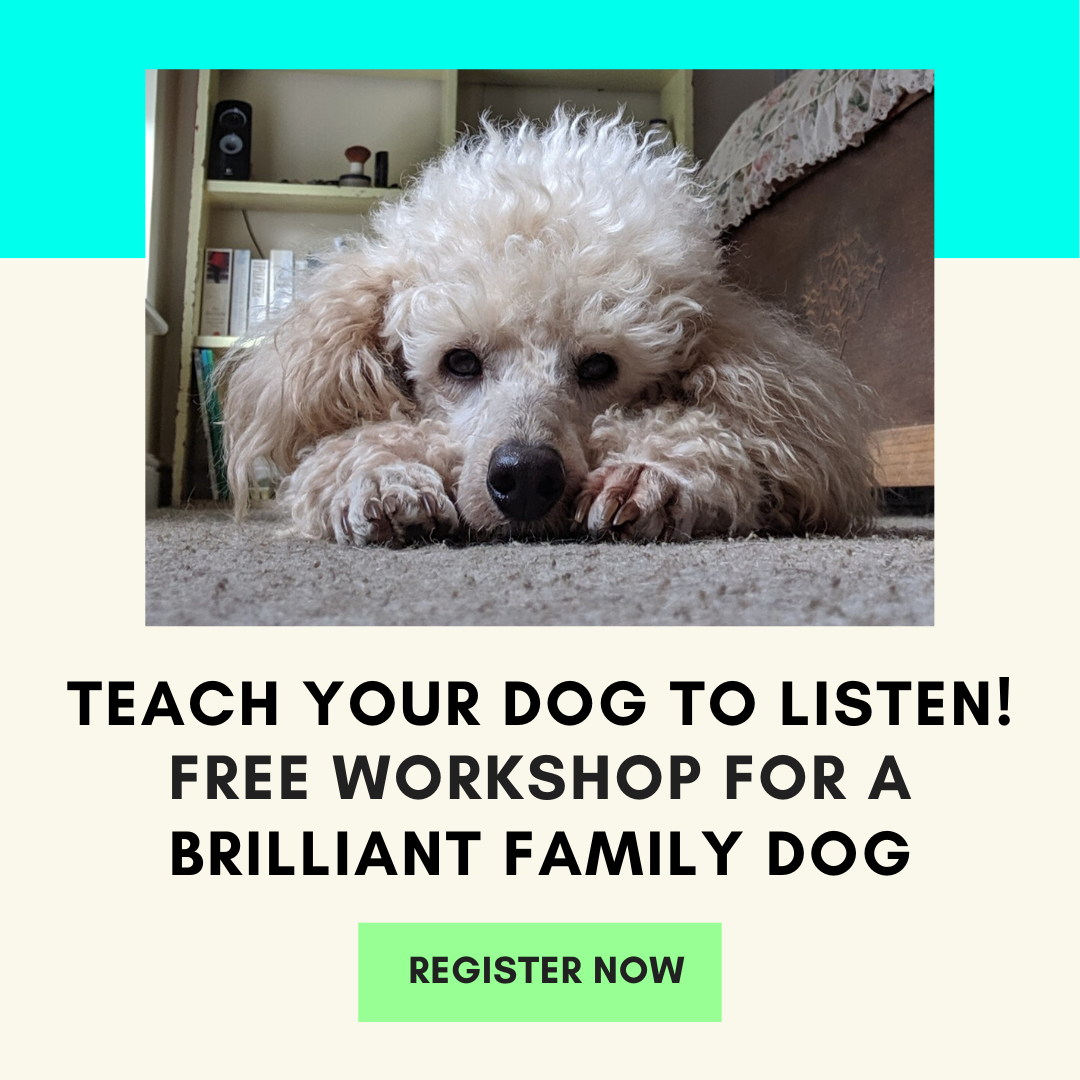In my experience, puppies are either carsick or they're not.
And if they are, you've just got to cope with it till they grow out of it! Just like with small children.
I've never found anything in the way of medication that works. But I have found a number of things that do work.
Have the pup in the middle of the car, not the boot or tailgate or trunk or whatever you term it, as there's far less movement between the wheels. If you imagine a little toy car swivelling on a pin going down the centre of the car, you’ll get the idea of the swing at the back end. Lots of builders’ plastic sheeting will be very useful here, as you can hose it down outside the car.
Never leave any dog or puppy loose in a car! There are many reasons for this, but in this case you don’t need much imagination to see why it’s not a good idea! Have him in a washable crate or cardboard box, or in a towel on your lap if you're a passenger. You can connect his harness to your seat belt for safety. Vomit can reach every nook and cranny in a car - down the side of the seats is its speciality! - so containing him is really the best option. If he can see out of the window, so much the better. Don't mollycoddle him - be matter-of-fact.
3. Take corners and winding roads slowly and be light on the controls. Be ready if possible with a bucket to stick his head in when he's about to throw up, so less mess, and have plenty of towels around. If he’s harnessed in the passenger seat beside you, this is pretty easy - though you have to stop the car safely first! 😎
4. Bring water and towel to clean him down when you arrive, don't feed him for a couple of hours before departure, and aim to get anywhere 15 minutes early so he can walk around and play and get over it.
5. This too shall pass! But it can become a habit. When my puppy Rollo got into the car, he’d start drooling even before the doors were closed. So I started a counterconditioning program with him hopping in and out of the car and getting very tasty treats for just being there. When that happened we graduated to closing the doors, then to switching the engine on. Gradually the drooling died out, and he grew to love the car and where it took him, and became a perfect traveller by about six months of age. Some dogs may be so car-averse that you’ll want to start this process outside the car till they’re happy to enjoy the treats. Then move to the front passenger seat.
Triggers
As a child I was always sick when my parents took us on outings. I can remember the triggers clearly - the motion, the leather upholstery of my father's car, and my mother's expensive perfume. So he may fare better in one car than another.
A friend shared that her childhood carsick triggers were the smell of coffee from a flask that my parents always took on long road trips, and being jostled for mile after mile after mile.
The fact that we both remember these triggers so clearly so many years later, demonstrates how deeply embedded they can be. Hence the need to make haste slowly!
